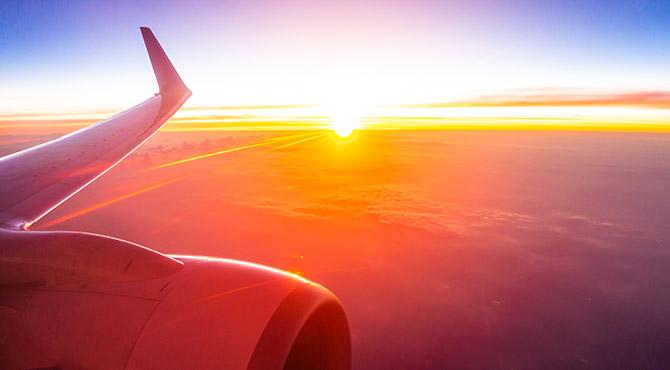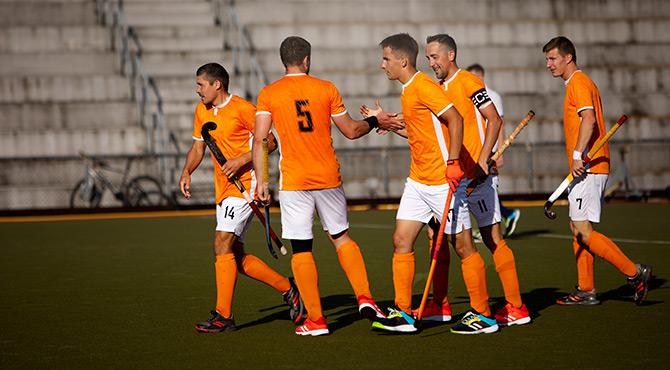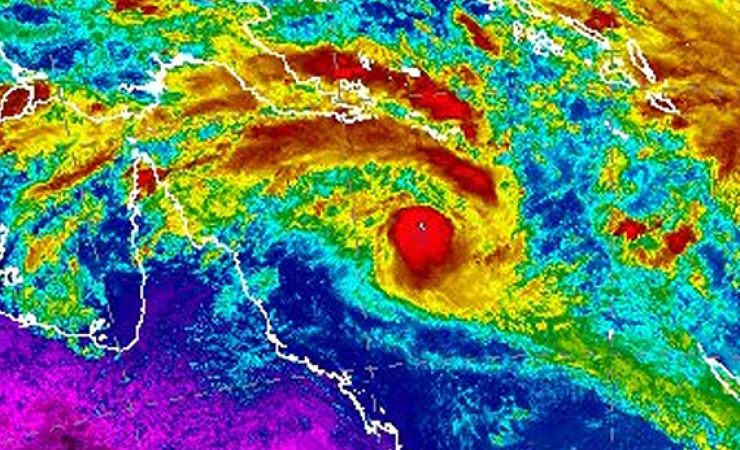From jet lag to match point: How smart travel keeps players at the top of their game
“Travel planning for elite athletes is a performance strategy in itself,” says Adam.
“Every detail matters, from the timing of flights to the recovery amenities at their accommodation - it all adds up to maximise their performance.
And it’s not just about recovery - it’s about minimising the physical toll of travel while maintaining consistency in routines.
For professional athletes, travel isn’t just about getting from A to B,” says Adam.
“It’s about ensuring every step of the journey supports their focus, energy, and recovery so they can perform at their peak.”
With precision planning, seamless logistics, and an eye for detail, these are the top travel hacks we live by to help players hit the court fresh and focused.

1. Nail the flight timing
Jet lag can derail even the most prepared athlete, but strategic flight scheduling can make a world of difference. Aligning departure and arrival times with the destination’s time zone helps reset the body clock faster. For long-haul flights, choosing overnight departures allows athletes to sleep onboard and arrive rested as melatonin (the hormone that makes you sleepy) is produced when it’s dark while artificial light creates havoc on the circadian rhythm. Working closely with airlines to reserve bulkhead or lie-flat seats is another must as it gives players more room to rest and recover mid-flight.
2. Prioritise recovery-focused accommodations
Hotels aren’t just places to sleep - they’re critical recovery hubs for athletes. Finding properties with on-site physiotherapy rooms, hydrotherapy pools, and 24/7 fitness centres are a must. Blackout blinds and soundproofed rooms are also worth their weight in gold for ensuring optimal rest. Athlete-friendly features such as infrared saunas are another feature coveted by athletes as they aid in muscle recovery and reduce inflammation.

3. Hydrate and snack strategically
Hydration is a cornerstone of peak performance, particularly during long flights, where dry cabin air can wreak havoc on the body. Smart hydration starts 48 hours before the flight—sipping water consistently and avoiding caffeine and alcohol to prevent dehydration. In-flight, pairing hydration with strategic snacking is key. Pack nutrient-dense options like unsalted nuts, dried fruit, and protein bars to sustain energy without heavy meals that may disrupt digestion mid-flight.
4. Plan inflight nutrition like a pro
For athletes, eating smart during travel is just as critical as what happens courtside. While Serena Williams has a personal chef to craft meals tailored to her needs, others rely on pre-arranged inflight options. That’s why requesting meals high in lean protein and complex carbs can really save your bacon. Likewise, avoiding sodium-heavy or overly processed options that contribute to bloating are vital for athletes looking to arrive in top shape. We recommend carrying portable, travel-friendly snacks such as oatmeal packets, banana chips, and almond butter sachets for quick energy boosts during layovers or delays.
5. Master the art of acclimatisation
Arriving early is just the start, how athletes adjust can make or break their performance. Savvy pros know that exposure to natural daylight upon arrival helps reset their circadian rhythm, while strategic outdoor activity, like a light jog or court warm-up, keeps energy levels in sync with the local time zone. For an edge, some players even use light therapy glasses during flights or on arrival to speed up the adjustment process, turning jet lag into a non-issue.


